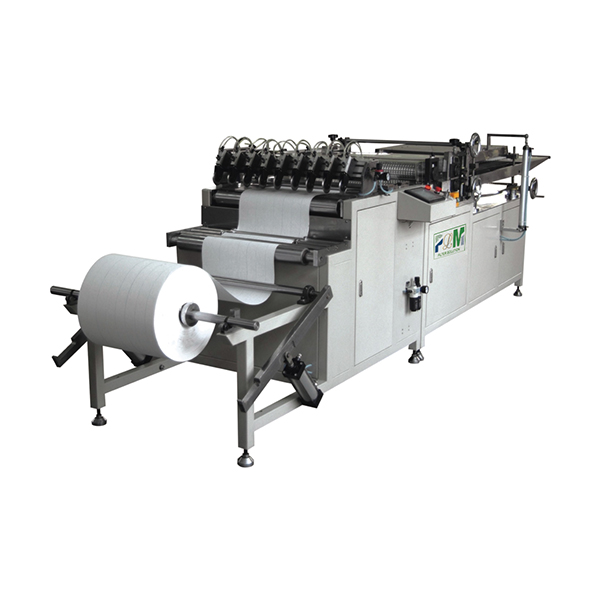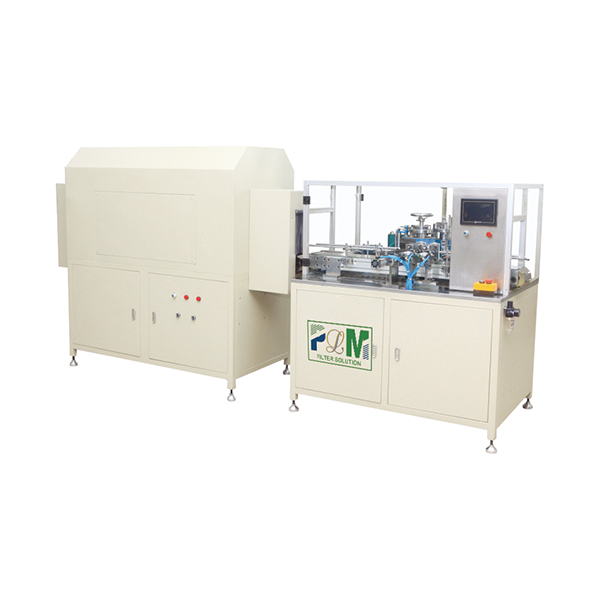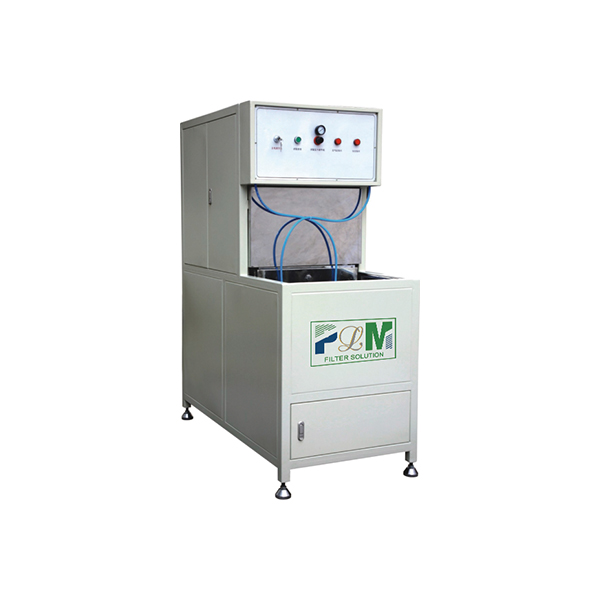Oct . 20, 2025 14:35 Back to list
Active Carbon Air Filter for Air Purifier — Odor & VOCs?
A Practical Guide to Choosing an Active Carbon Air Filter for Modern Air Purifiers
If you’re weighing options for an active carbon air filter for air purifier projects or OEM builds, here’s the straight talk from the plant floor and the lab bench. Gaseous pollutants—formaldehyde, toluene, TVOCs, that stubborn kitchen smell—don’t care about HEPA. You need adsorption media, and the details matter more than the marketing gloss, to be honest.

Industry trends I’m seeing
- Shift to higher iodine number carbons (≥900 mg/g) and tailored impregnation for aldehydes.
- Composite media: carbon-loaded nonwovens + pleated prefilter to balance pressure drop.
- Testing per ISO 10121 for gas-phase, while consumer labels nod to GB/T 18801 and AHAM.
- Real customization: form factor, pleat geometry, CCM grade, and odor-specific blends.
How a quality active carbon air filter for air purifier is built
Materials: coconut-shell activated carbon (low ash, high microporosity), optionally impregnated for formaldehyde; PET/PP nonwoven substrate; low-VOC binder; sometimes a honeycomb matrix. Methods: carbon loading (powdered or granule immobilization), lamination, and controlled pleating—often on a full-auto line like the PLGT-600N to keep pleat pitch consistent, which quietly improves pressure drop and VOC contact time.
Process flow (short version): carbon selection → impregnation (if needed) → mixing/lamination → pleating → curing → frame assembly → QA testing (iodine number per ASTM D4607, breakthrough per ISO 10121, pressure drop curve). Service life is typically 6–12 months in homes; commercial sites can chew through filters faster, especially with cooking or new furniture off-gassing.
Product specifications (typical, OEM-tunable)
| Parameter | Typical value | Notes |
|---|---|---|
| Carbon type | Coconut-shell AC, iodine ≈ 900–1100 mg/g | ASTM D4607; real-world varies by VOC mix |
| Adsorption capacity (toluene) | ≈ 200 mg/g | ISO 10121 test rig; temp/RH dependent |
| Initial HCHO removal | ≥ 85% @ rated flow | GB/T 18801 method reference |
| Pressure drop | ≈ 70–90 Pa @ 1.0 m/s | Depends on pleat height and carbon loading |
| Thickness / format | 8–12 mm composite; pleated or honeycomb | Custom sizes ±0.5 mm |
| CCM grade (formaldehyde) | F3–F4 | Per GB/T 18801; lab dependent |
| Certifications | ISO 9001, RoHS, REACH; UL 900/UL 94 on request | Documentation provided per lot |
Where they shine
- Homes and offices with new furniture (formaldehyde and TVOCs).
- Kitchen-adjacent spaces and pet areas (odors—many customers say the difference shows day one).
- Hotels, clinics, and fitness studios that need neutral, not perfumed, air.
Vendor landscape (quick snapshot)
| Vendor | Location | Strengths | Lead time |
|---|---|---|---|
| MFilter Solution (PLGT-600N line) | East of Anping County, Hengshui, Hebei, China 053600 | Full-auto pleating consistency; custom media blends; tight QA | ≈ 2–4 weeks after approval |
| OEM B (Guangdong) | China | Aggressive pricing; large MOQs | 3–6 weeks |
| Supplier C (EU) | EU | Local stock; fast sampling | 1–2 weeks (stock) / 4+ weeks (OEM) |
A quick case from the field
A boutique air purifier brand swapped in a higher iodine carbon and tightened pleat uniformity using the PLGT-600N full-auto rotary pleating line. Result? Around 18% lower pressure drop at the same carbon loading and measurably longer VOC breakthrough time in ISO 10121 tests. Reviews mentioned “less cooking smell next morning”—not super scientific, but telling.
Testing and validation (the boring, essential part)
- ISO 10121-1/2: gas-phase media and element performance (breakthrough curves).
- ASTM D4607: iodine number for carbon quality.
- GB/T 18801: removal rate and CCM for formaldehyde/TVOC in purifiers.
- Pressure drop vs. flow curve to size fans and predict noise.
Final tip: match the active carbon air filter for air purifier to your real pollutant profile. Odors and aldehydes behave differently, and humidity can kneecap adsorption. Pilot test if you can; it pays off.
References
active carbon air filter for air purifier – Odor/VOC Control
NewsNov.17,2025Replacement Dyson Carbon HEPA Air Filter – High Efficiency
NewsNov.17,2025Active Carbon Air Filter for Air Purifier | High Adsorption
NewsNov.17,2025Active Carbon Air Filter for Air Purifier | Odor & VOC Control
NewsNov.17,2025Active Carbon Air Filter for Air Purifier | Odor & VOC
NewsNov.17,2025Sintered Porous Metal Filter Tube Cup | 5 Micron, SS316L
NewsNov.11,2025






